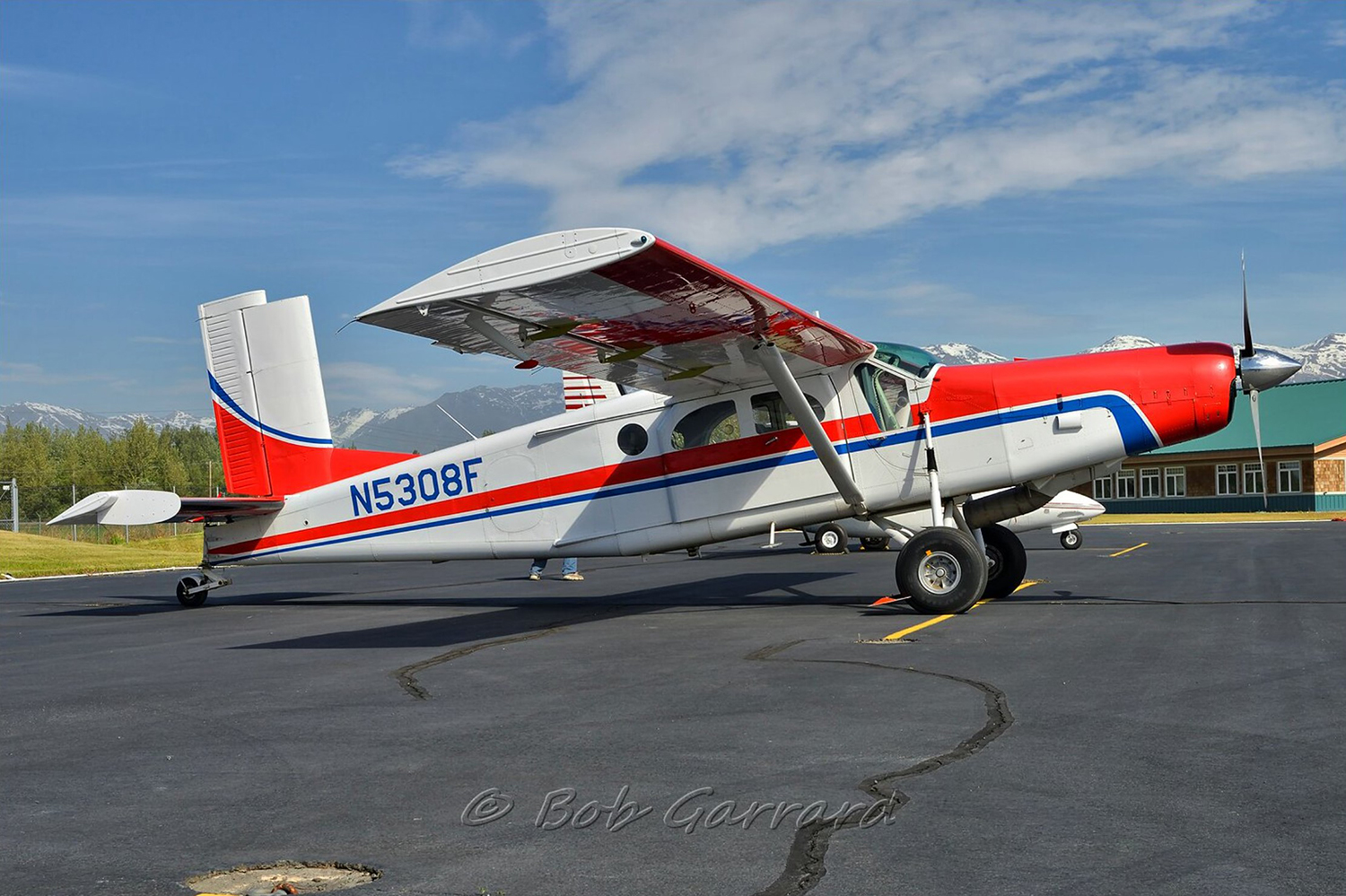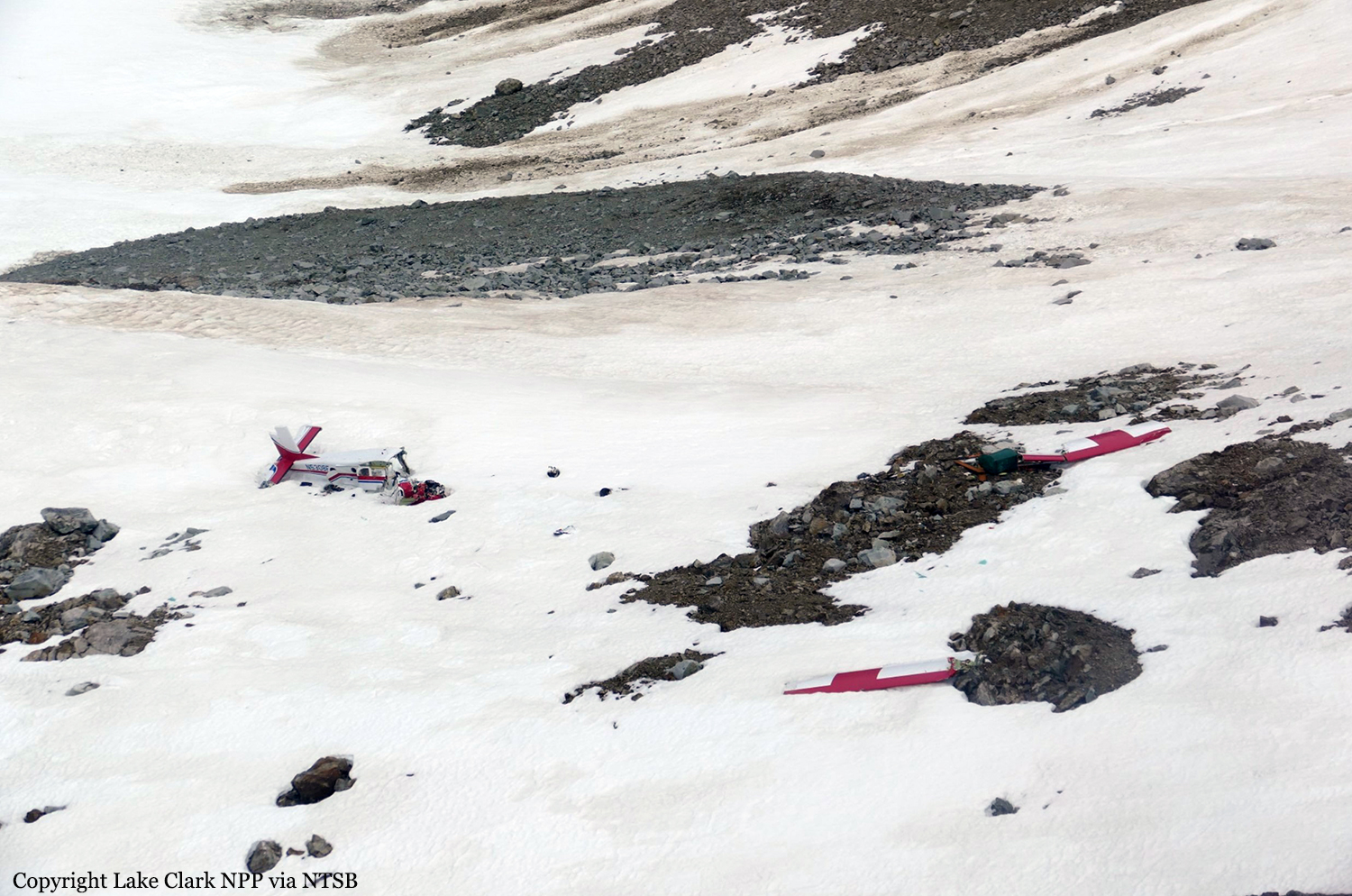Country
Crash of a Pilatus PC-6/B2-H4 Turbo Porter in Livrasco: 2 killed
Date & Time:
Sep 20, 2020 at 0949 LT
Registration:
T7-SKY
Survivors:
Yes
Schedule:
Cremona - Cremona
MSN:
902
YOM:
1993
Crew on board:
1
Crew fatalities:
Pax on board:
8
Pax fatalities:
Other fatalities:
Total fatalities:
2
Captain / Total hours on type:
2500.00
Aircraft flight hours:
4920
Circumstances:
The single engine airplane departed Cremona-Migliaro Airport in the morning on a local skydiving flight, carrying eight skydivers and one pilot. This was the second sortie of the day. Once the altitude of 4,000 metres was reached, all eight skydivers successfully jumped out and the pilot started the descent to return to the airport. While descending to runway 11, the airplane collided with the eighth skydivers that hit the left wing and the vertical stabilizer. A large section of the left wing separated, causing the airplane to enter an uncontrolled descent and to crash in a cornfield located in Livrasco, about two km north of the airport. The pilot and the skydiver were killed. The airplane was totally destroyed.
Probable cause:
The cause of the accident was an in-flight collision between the Pilatus PC-6 descending and a free-falling track-suit parachutist. This collision resulted in a loss of control of the aircraft in flight and the destruction of the left wing of the aircraft, which fell to the ground uncontrolled.
The following factors contributed to the accident:
- Inadequate coordination between pilot and parachutist in relation to their respective descent and drift paths,
- The meteorological conditions at the time of the parachutist's exit from the aircraft, which took place in cloud and in the absence of visual contact with the ground, in a situation, therefore, incompatible with VFR flight rules and ENAC regulations for parachuting,
- The absence of codified procedures at the Italian level, integrating the procedures for jumps with those of aircraft operators used for parachute jumps, including deconfliction between descending aircraft and parachutists performing drift or wingsuit jumps.
The inadequate coordination between the pilot and parachutist in relation to their respective descent and drift paths could also be attributable to the absence of a responsible person to ensure that the above mentioned coordination was in place. In addition to the above mentioned criticalities, the ANSV investigation activity revealed, also in the present case, a general lack of rules and controls regarding parachuting activities carried out outside of training activities, which reasonably contributed to the occurrence of the investigated aircraft accidents.
The following factors contributed to the accident:
- Inadequate coordination between pilot and parachutist in relation to their respective descent and drift paths,
- The meteorological conditions at the time of the parachutist's exit from the aircraft, which took place in cloud and in the absence of visual contact with the ground, in a situation, therefore, incompatible with VFR flight rules and ENAC regulations for parachuting,
- The absence of codified procedures at the Italian level, integrating the procedures for jumps with those of aircraft operators used for parachute jumps, including deconfliction between descending aircraft and parachutists performing drift or wingsuit jumps.
The inadequate coordination between the pilot and parachutist in relation to their respective descent and drift paths could also be attributable to the absence of a responsible person to ensure that the above mentioned coordination was in place. In addition to the above mentioned criticalities, the ANSV investigation activity revealed, also in the present case, a general lack of rules and controls regarding parachuting activities carried out outside of training activities, which reasonably contributed to the occurrence of the investigated aircraft accidents.
Final Report:
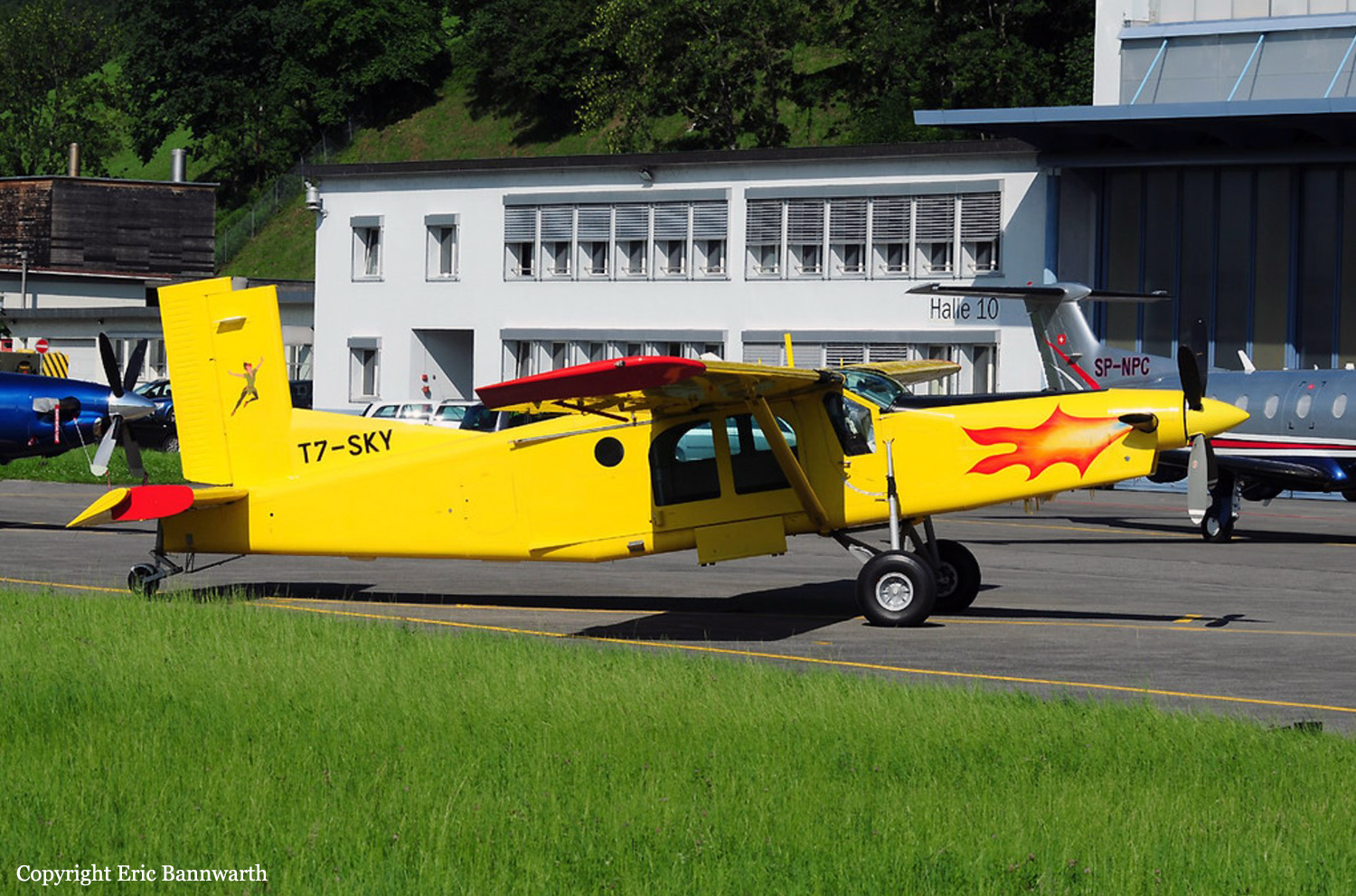
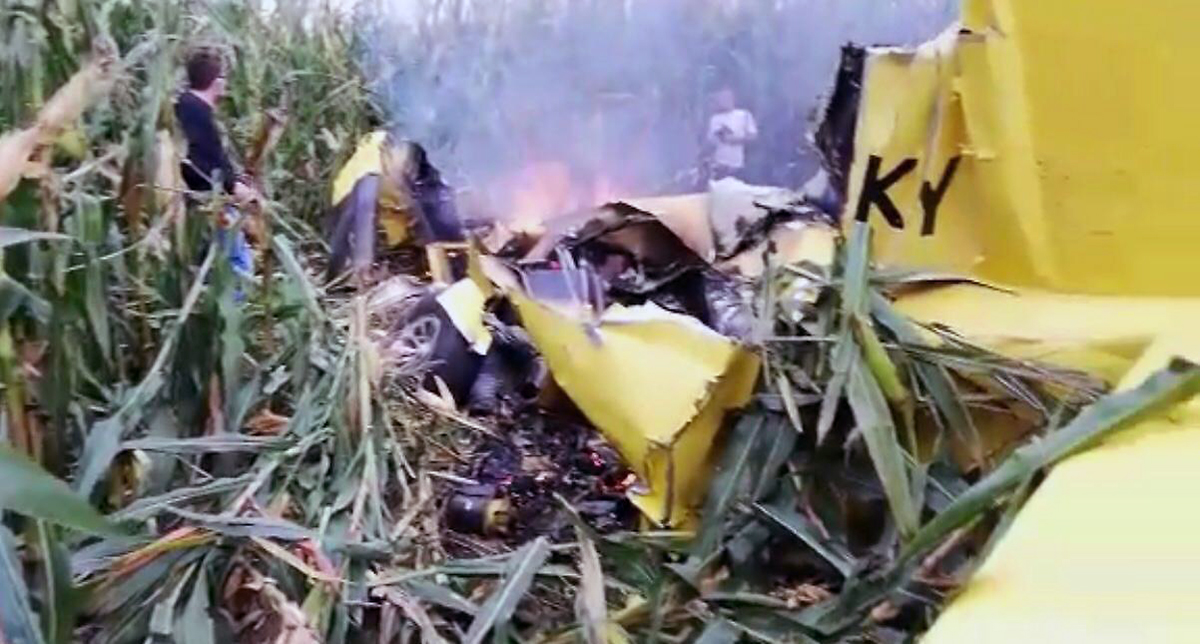
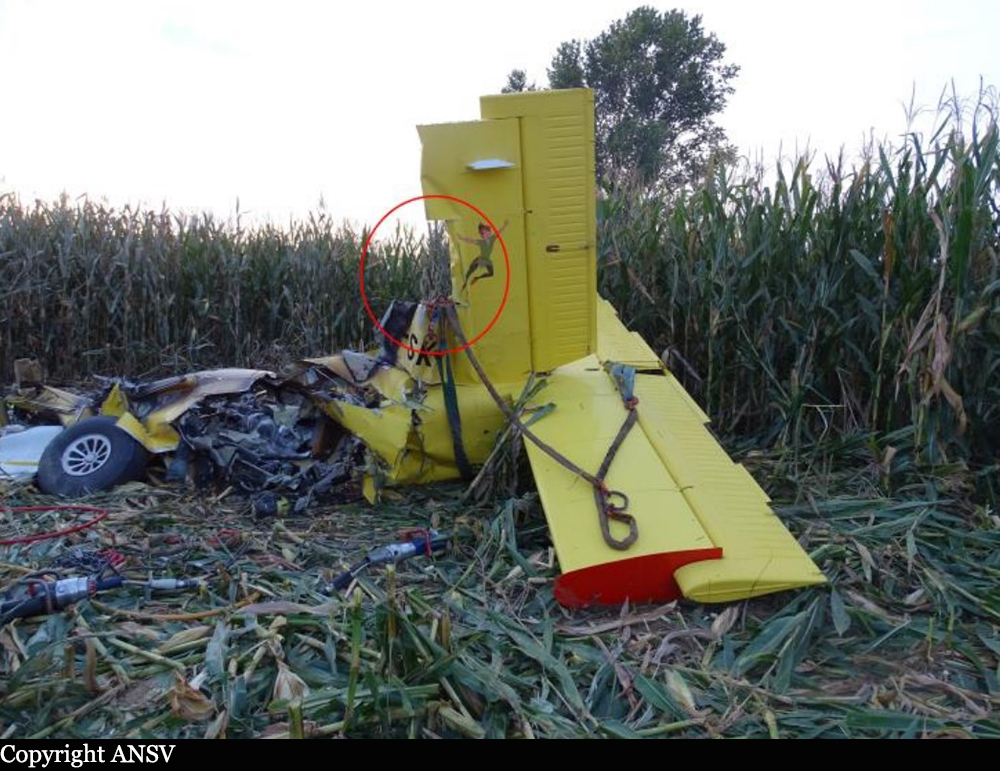
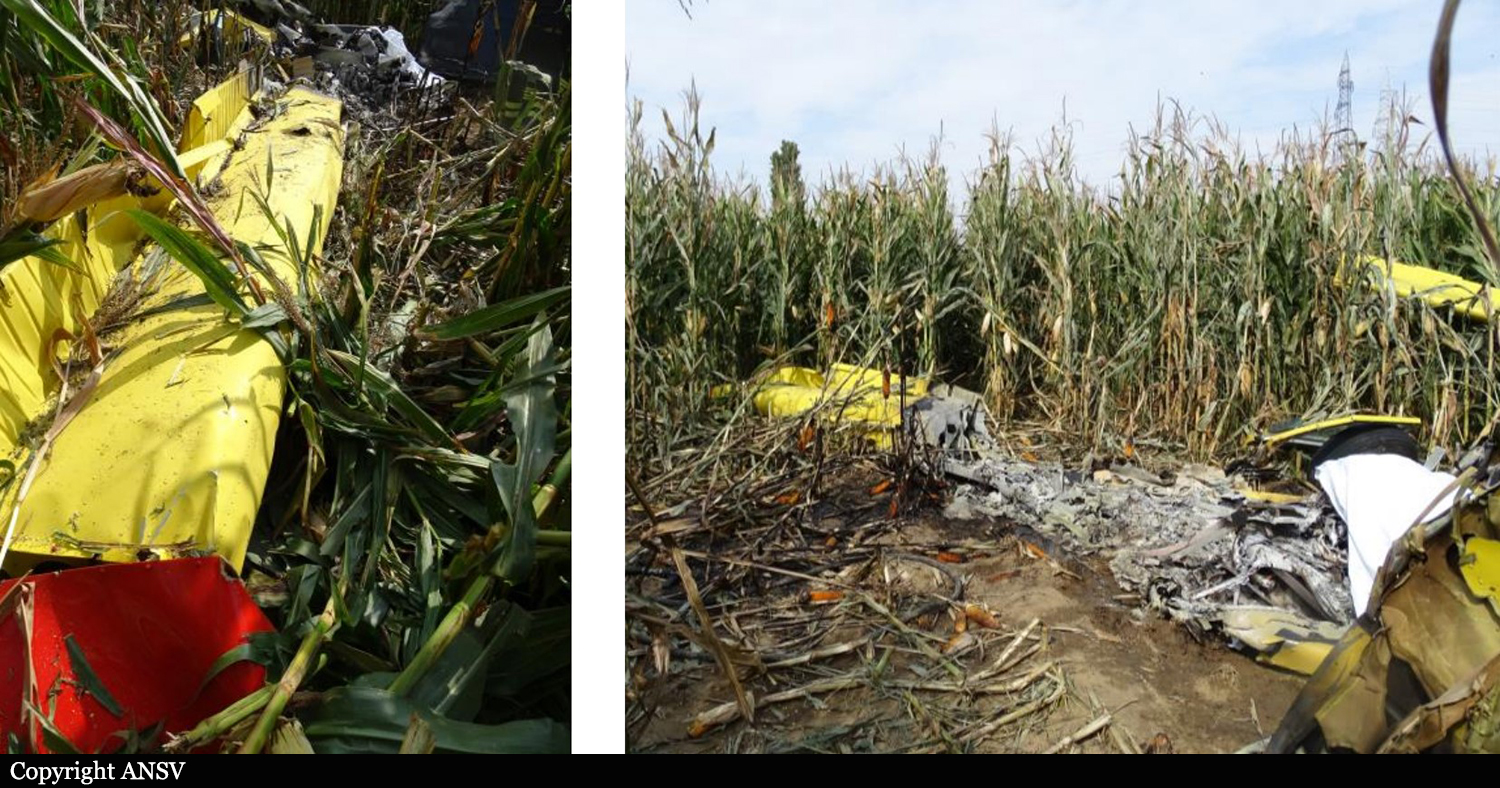


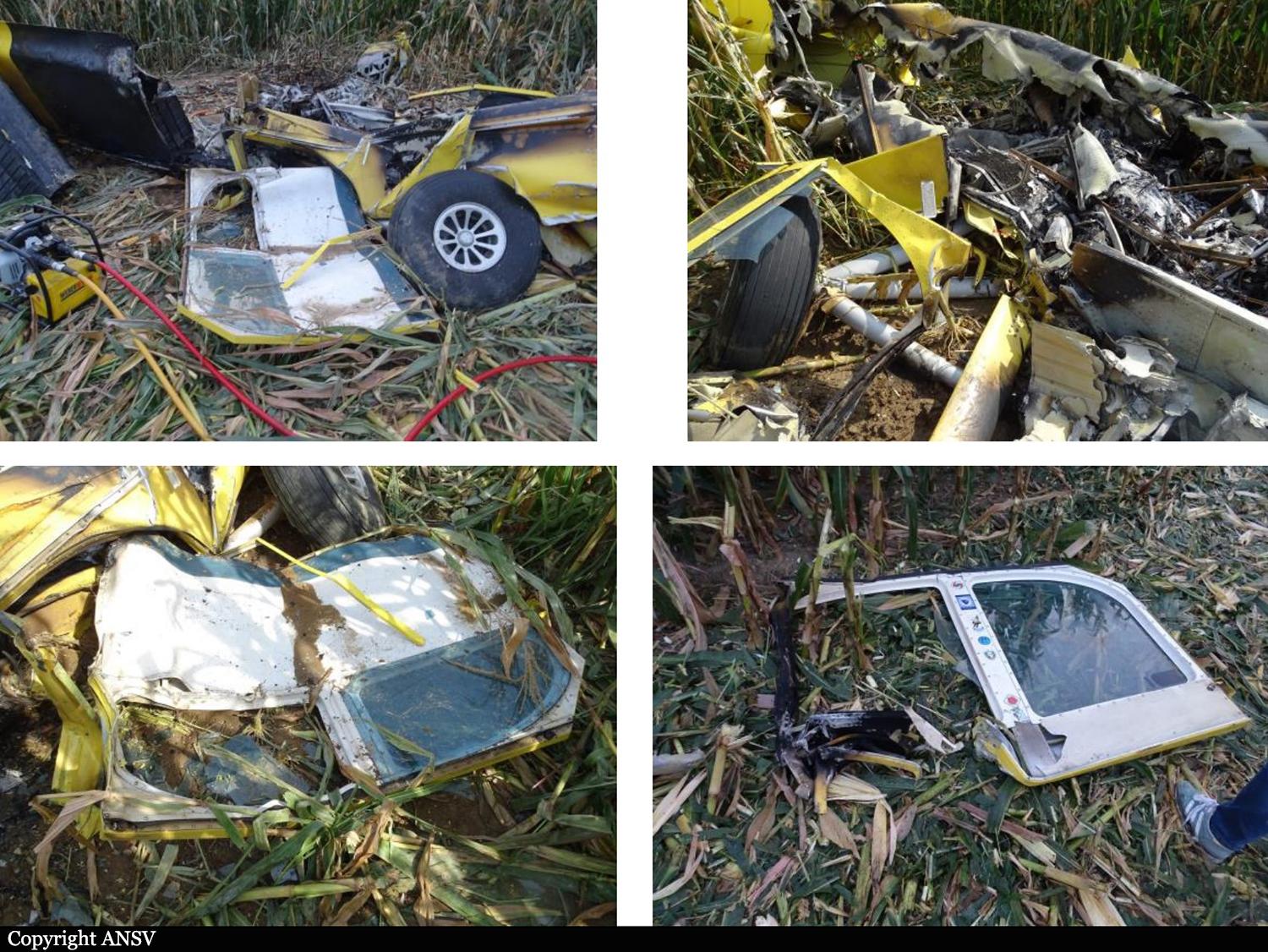
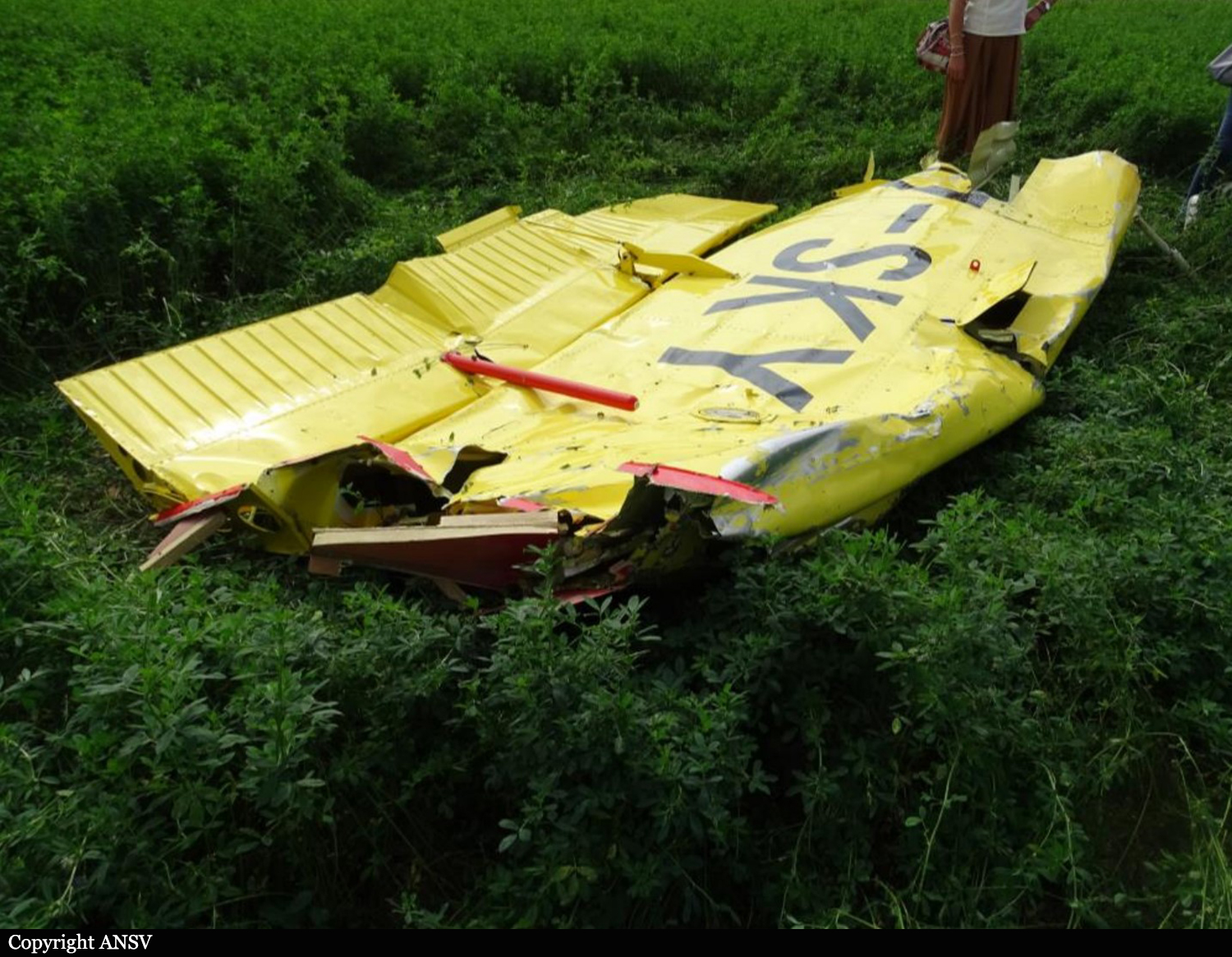
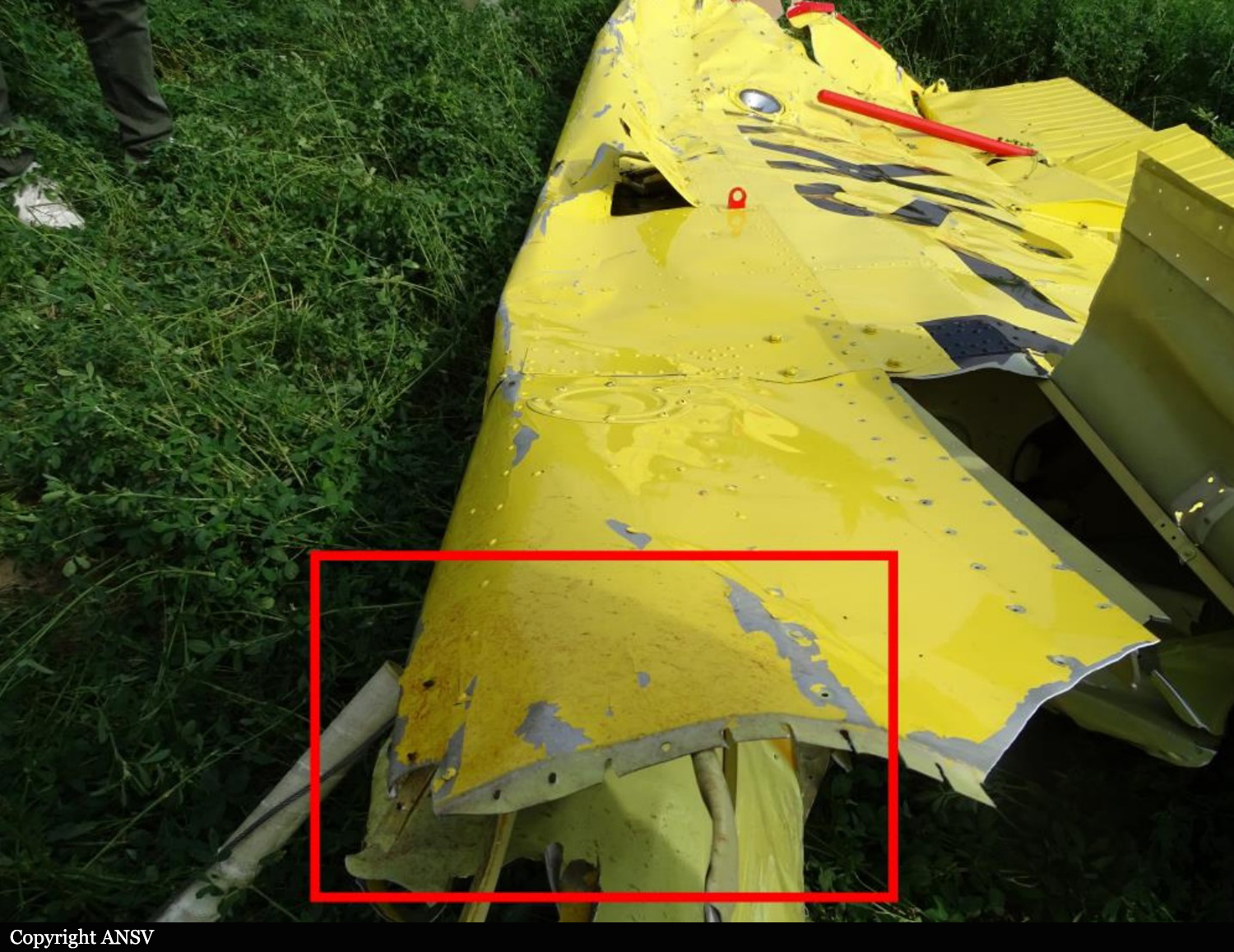
Crash of a Pilatus AU-23A Turbo Porter in Wat Bang Sala
Date & Time:
Mar 5, 2019 at 1300 LT
Registration:
74-2079
Survivors:
Yes
Schedule:
Pattani - Hat Yai
MSN:
2079
YOM:
1974
Crew on board:
3
Crew fatalities:
Pax on board:
0
Pax fatalities:
Other fatalities:
Total fatalities:
0
Circumstances:
The single engine airplane departed Pattani (9th AF Command) at 1156LT bound for the Wing 56 Air Division 4 located at Hat Yai Airport. En route, the crew encountered technical problems with the engine and attempted an emergency landing when the airplane crashed in a banana plantation located in the region of Wat Bang Sala. All three occupants were injured and the aircraft was damaged beyond repair.


Crash of a Pilatus PC-6/B2-H2 Turbo Porter in Grenoble
Date & Time:
Mar 15, 2018 at 1215 LT
Registration:
F-BTCG
Survivors:
Yes
Schedule:
Grenoble - Grenoble
MSN:
551
YOM:
1963
Crew on board:
1
Crew fatalities:
Pax on board:
1
Pax fatalities:
Other fatalities:
Total fatalities:
0
Captain / Total hours on type:
500.00
Aircraft flight hours:
12260
Circumstances:
The pilot, accompanied by an aircraft mechanic, departed Grenoble-Aples-Isère Airport (saint-Geoirs) to carry out a check flight following a maintenance operation on the airplane. Once in an open area south of the aerodrome, the pilot began the maneuvers provided for in the test program. At the end of a stall maneuver, he found that his actions on the rudder pedals have no effect. However, it maintained control of the ailerons and elevators. He informed the aerodrome controller of the problem and indicated that he was coming back to to land to the paved runway 09. Unable to determined the exact nature of the damage, the pilot chose to land with the flaps retracted. He managed with difficulty to aligne the airplane witn the runway 09 centerline. On final, at an altitude of 300 feet, the pilot changed his mind and decided to land on the unpaved right-hand runway 09 which adjoins the paved runway. On very short final, at flare, while reducing power, at a height of about 1-2 metres, the airplane rolled to the right then to the left, causing the wing tips and the propeller to struck the ground. The aircraft exited the unpaved runway to the left and came to rest on the right edge of the paved runway. Both occupants evacuated safely and the aircraft was damaged beyond repair.
Probable cause:
The rudder control broke in flight, causing a significant alteration of the aircraft yaw controllability. This failure considerably increased the pilot's workload and stress. In these conditions, it became difficult for him to keep the airplane aligned with the runway centreline upon landing. Monitoring the alignment of the aircraft was done to the detriment of the speed. It is very likely that the oscillations during the final step resulted from a stall of the aircraft at low speed.
Final Report:

Crash of a Pilatus PC-6/B2-H4 Turbo Porter near Wamena: 5 killed
Date & Time:
Jul 5, 2017 at 1110 LT
Registration:
PK-RCX
Survivors:
No
Schedule:
Wamena – Derakma
MSN:
922
YOM:
1998
Crew on board:
2
Crew fatalities:
Pax on board:
3
Pax fatalities:
Other fatalities:
Total fatalities:
5
Circumstances:
The single engine aircraft departed Wamena Airport at 1100LT with three passengers, two pilots and 508 kg of various goods. About 10 minutes later, the airplane struck the slope of a mountain at an altitude of 2,300 metres. It was scheduled to arrive at Derakma at 1125LT. The wreckage was found a day later by the crew of a helicopter. All five occupants were killed. At the time of the accident, VMC conditions prevailed.
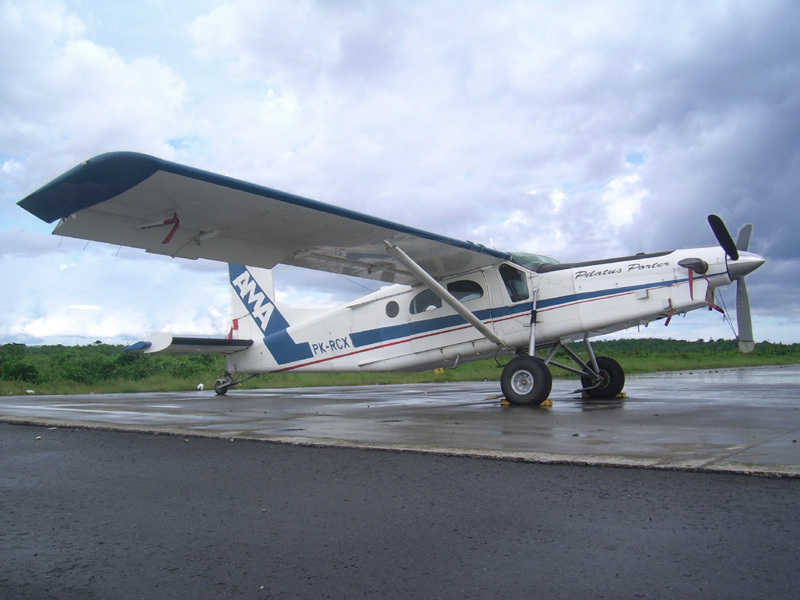


Crash of a Pilatus PC-6/B2-H4 Turbo Porter in Cecina
Date & Time:
May 20, 2017 at 1200 LT
Registration:
S5-CEI
Survivors:
Yes
Schedule:
Cecina - Cecina
MSN:
778
YOM:
1977
Crew on board:
1
Crew fatalities:
Pax on board:
0
Pax fatalities:
Other fatalities:
Total fatalities:
0
Circumstances:
The pilot, sole on board, was returning to Cecina Airfield following a skydiving flight in the area. After touchdown on a grassy area, the single engine aircraft veered to the left, impacted a drainage ditch and came to rest. The pilot escaped uninjured and the aircraft was damaged beyond repair.
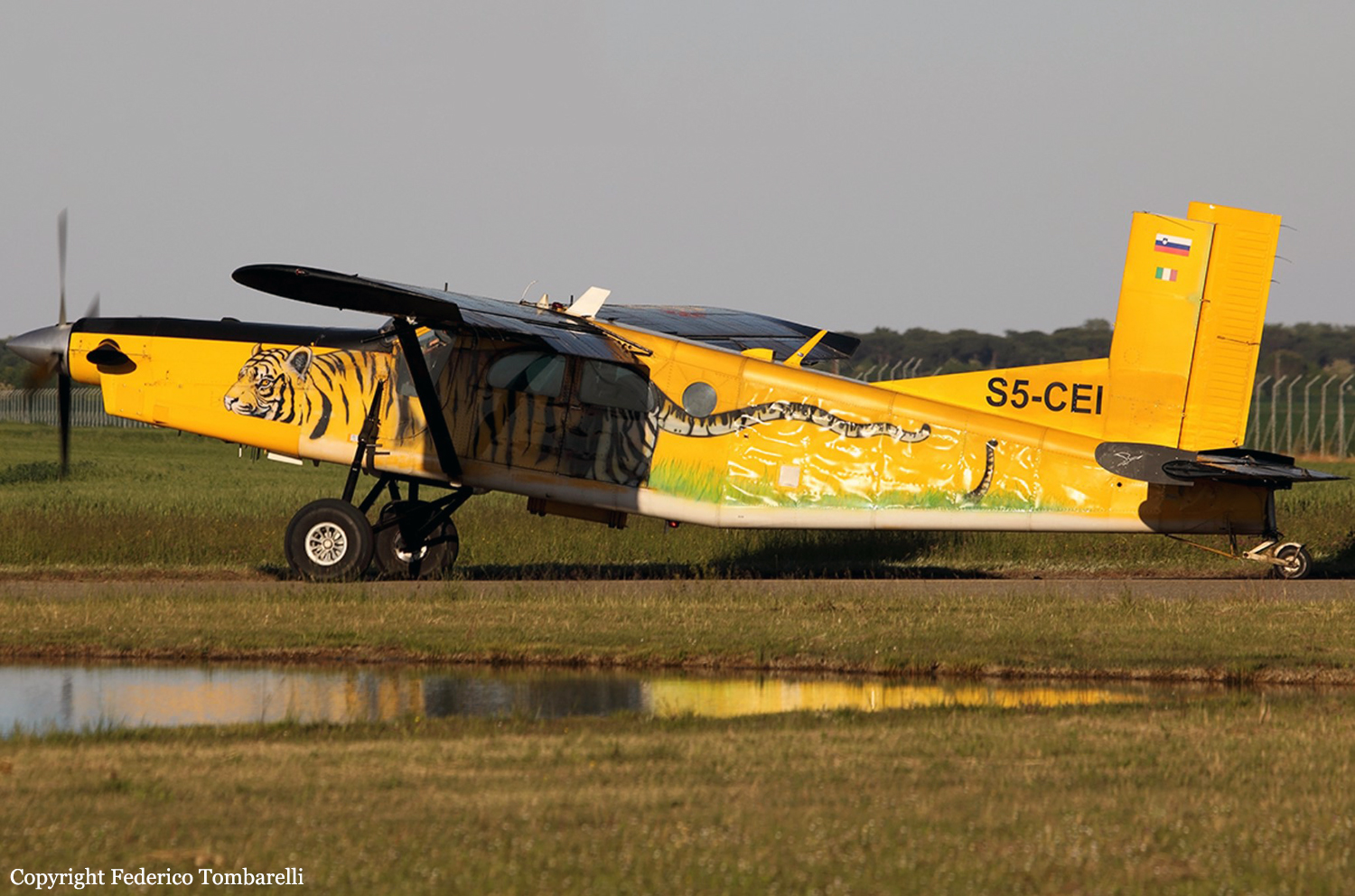


Crash of a Pilatus PC-6/C-H2 Turbo Porter near Port Alsworth: 1 killed
Date & Time:
Oct 28, 2016 at 1828 LT
Registration:
N5308F
Survivors:
No
Schedule:
Anchorage – Port Alsworth
MSN:
2068
YOM:
1975
Crew on board:
1
Crew fatalities:
Pax on board:
0
Pax fatalities:
Other fatalities:
Total fatalities:
1
Circumstances:
The commercial pilot was conducting a cross-country flight to a family residence in the turbinepowered, single-engine airplane. The pilot was familiar with the route, which traversed a mountain pass and remote terrain. Before departing on the flight, the pilot communicated with a family member at the residence via text messages and was aware the weather was windy but that the mountain tops were clear. There was no record of the pilot obtaining a preflight weather briefing from an official, accesscontrolled source, and the pilot indicated to a friend before departure that he had not accessed weather cameras. Weather forecast products that were available to the pilot revealed possible turbulence at low altitudes and icing at altitudes above 12,000 ft along the route of flight, and weather cameras along the planned route and near the destination would have indicated deteriorating visibility in snow showers and mountain obscuration starting about 1.5 hours before departure. The airplane departed and proceeded toward the destination; radar data correlated to the accident flight indicated that the airplane climbed from 4,600 ft to 14,700 ft before turning west over the mountains. Text messages that the pilot sent during the initial climb revealed that the mountain pass he planned to fly through was obscured, and he intended to climb over the mountains and descend through holes in the clouds as he neared the destination. Radar data also indicated that the airplane operated above 12,500 ft mean sea level (msl) for about 30 minutes, and above 14,000 msl for an additional 14 minutes before entering a gradual descent during the last approximate 20 minutes of flight. Review of weather information indicated that cloud layers over the accident area increased during the 30 minutes before the accident, and it is likely that the airplane was operating in icing conditions, although it was not certified for flight in such conditions, which may have resulted in structural or induction icing and an uncontrolled loss of altitude. The airplane wreckage came to rest on the steep face of a snow-covered mountain in a slight nose-down, level attitude. The empennage was intact, the right wing was completely separated, and the forward fuselage and cockpit were partially separated and displaced from the airframe with significant crush damage, indicative of impact with terrain during forward flight. Page 2 of 10 ANC17FA004 There was no indication that the airplane was equipped with supplemental oxygen; pilots are required to use oxygen when operating at altitudes above 12,500 ft for more than 30 minutes, and anytime at altitudes above 14,000 ft. It could not be determined if, or to what extent, the pilot may have experienced symptoms of hypoxia that would have affected his decision-making. The airplane wreckage was not recovered or examined due to hazardous terrain and environmental conditions, and the reason for the impact with terrain could not be determined; however, it is likely that deteriorating enroute weather and icing conditions contributed to the outcome of the accident.
Probable cause:
The airplane's collision with mountainous terrain while operating in an area of reduced visibility and icing conditions. Contributing to the accident was the pilot's inadequate preflight planning, which would have identified deteriorating weather conditions along the planned route of flight.
Final Report:
